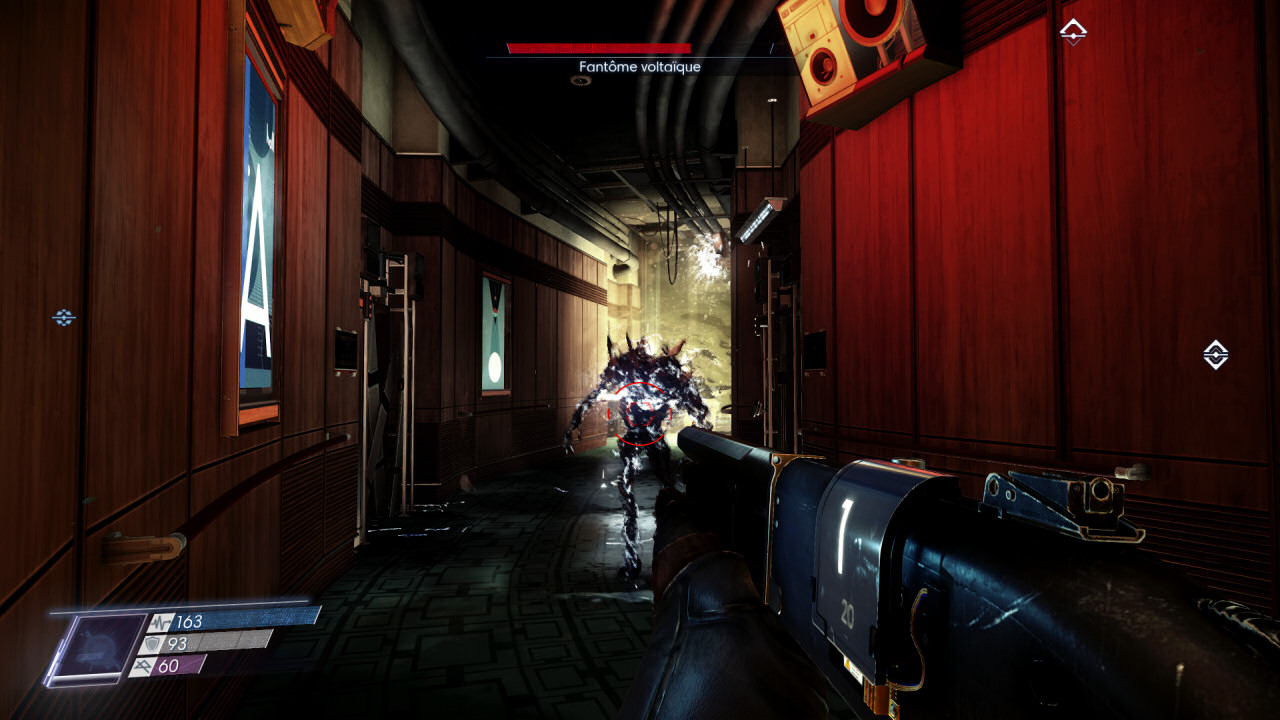Prey Performance Review
The Game, Graphics Engine & Settings
After releasing the excellent (once its early bugs were fixed) Dishonored 2, Lyon, France-based Arkane Studios hits it out of the park again with Prey, a first-person shooter published by Bethesda Softworks as a reboot from 11 years ago.
Unveiled at E3 2016, Prey uses the CryEngine graphics engine and audio from Audiokinetic's Wave Works Interactive Sound Engine (Wwise). Of course, our interest in both technologies is their cross-platform support. Prey is in fact available for consoles (Xbox One and PlayStation 4) and on the PC (Windows). However, the game remains exclusively DirectX 11-based.
Minimum & Recommended System Requirements
Steam's page for the game lists minimum and recommended system configurations, which are suggested by Bethesda to facilitate acceptable performance. Prey does not appear to be particularly hungry for modern CPUs or GPUs, so hardware from five years ago should yield playable frame rates.
| Configuration | Minimum | Recommended |
|---|---|---|
| Processor | Intel Core i5-2400 or AMD FX-8320 | Intel Core i7-2600K or AMD FX-8350 |
| Memory | 8GB | 16GB |
| Graphics Card | GeForce GTX 660 or Radeon HD 7850 | GeForce GTX 970 or Radeon R9 290 |
| Operating System | Windows 7, 8.1, 10 (64-bit only) | Windows 7, 8.1, 10 (64-bit only) |
| Disk Space | 20GB | 20GB |
| Audio | DirectSound-compatible | DirectSound-compatible |
Radeon vs GeForce
As usual, let's start with a graphics quality comparison between GeForce and Radeon cards. This being a multi-platform game destined to run on AMD-based consoles and a diverse range of PC components, it'd be disappointing if the rendering wasn't identical on cards from both discrete GPU vendors. Take note as well that AMD and Bethesda are partners, suggesting that Prey could be better-optimized for the Graphics Core Next architecture.
We're pleased to report that there isn't much difference between the output of a GeForce or Radeon, after all.
Graphics Options
The adjustable graphics settings are few, but the most important options are available for customization. Originally, it was only possible to adjust FoV manually through a configuration file. But as of patch v.1.03, a slider is available in the Advanced options menu.
Four quality presets are available: Low, Medium, High, and Very High. It is also possible to manually change the settings.
Get Tom's Hardware's best news and in-depth reviews, straight to your inbox.
The High preset roughly correlates to what you'd see on a console. Very High offers a slight improvement to texture quality and lighting/shadows, particularly at long range.
The Medium preset imposes a slight reduction in texture quality, the distance at which shadows appear, and certain visual effects (like smoke). Even so, the game still looks great if your hardware necessitates these less demanding settings.
Low quality, on the other hand, sacrifices too much of what makes Prey look good. Textures lose a lot of their fidelity, there are fewer shadows, lighting quality is reduced, and anti-aliasing goes down the drain. The Low preset is clearly reserved for weak hardware configurations; avoid it if at all possible.
MORE: Mass Effect Andromeda Performance Review
-
Bryan_B103 I love the "Frame Time" chart on page 3. This provides a really nice graphical representation of what your experience would be in-game. I'm excited to see charts like that one used in future reviews.Reply -
c4s2k3 Reply19742011 said:Why was yesterday's RX480 used and not the newer 580?
I suspect they are going for cards in the mainstream. I'm sure there are plenty of 480s in use out there. Not too many 580s yet since it is new. -
ykki No Ryzen benches? Are you planning to redo all the gaming benches for Ryzen once R3 hits and AGESA 1006 is in full effect?Reply -
10tacle Reply19742276 said:Why no high-end tests?
19742283 said:Only a half review without Ryzen.
Well there's a lot of hardware missing I'd have liked to have seen as well like a GTX 1080. However in all fairness, they said they chose their hardware on what people *currently* have (according to Steam user hardware surveys), not what they may get in the future. Not many have Ryzen builds and GTX 1080s yet.
In any event, as a 1440p GTX 970 SLI owner, I'd have liked to have seen the VRAM consumption at that resolution since there are benchmarks for it here. For me it's a little concerning that even at 1080p it uses 3.1GB. I'm trying to squeeze another year out of my GPUs holding out for Volta. But Pascal is due for a refresh later this summer/early fall (2xxx series). -
elbert Reply
I see the argument but how big of a percentage will not buy the game thinking the Ryzen was left out because of very poor optimization? Its a bad move for a game developer to risk limiting its potental customers. I was wanting the game but I'll wait till I see Ryzen benchmarks.19742377 said:19742276 said:Why no high-end tests?
19742283 said:Only a half review without Ryzen.
Well there's a lot of hardware missing I'd have liked to have seen as well like a GTX 1080. However in all fairness, they said they chose their hardware on what people *currently* have (according to Steam user hardware surveys), not what they may get in the future. Not many have Ryzen builds and GTX 1080s yet.
In any event, as a 1440p GTX 970 SLI owner, I'd have liked to have seen the VRAM consumption at that resolution since there are benchmarks for it here. For me it's a little concerning that even at 1080p it uses 3.1GB. I'm trying to squeeze another year out of my GPUs holding out for Volta (expected to be nearly twice as powerful as Pascal).
-
10tacle Reply19742461 said:I was wanting the game but I'll wait till I see Ryzen benchmarks.
You can get an idea of that right now with other games and what to expect: http://www.pcgamer.com/gaming-performance-of-ryzen-7-vs-core-i7-with-geforce-gtx-1080-ti/
My guess is based on that, it will be fine for above 1080p resolutions as the GPU is used more no matter how powerful the CPU is.

